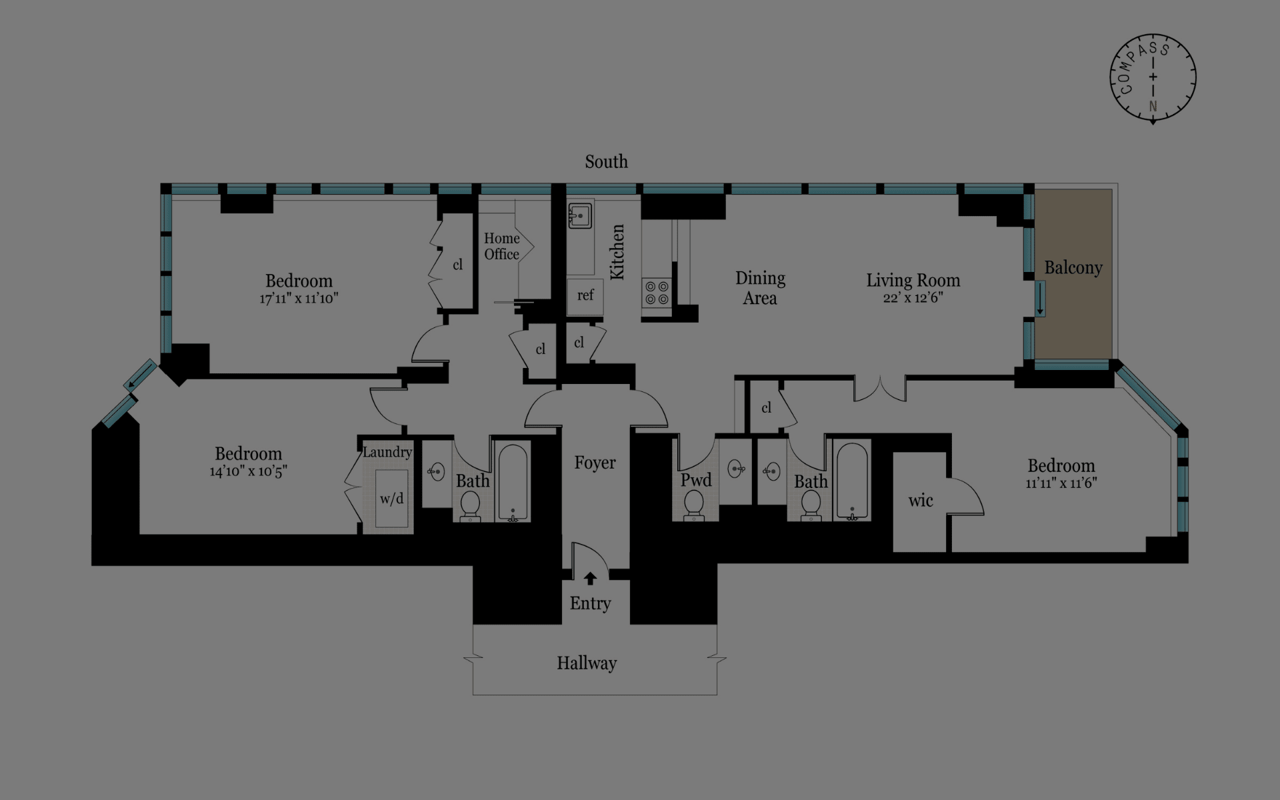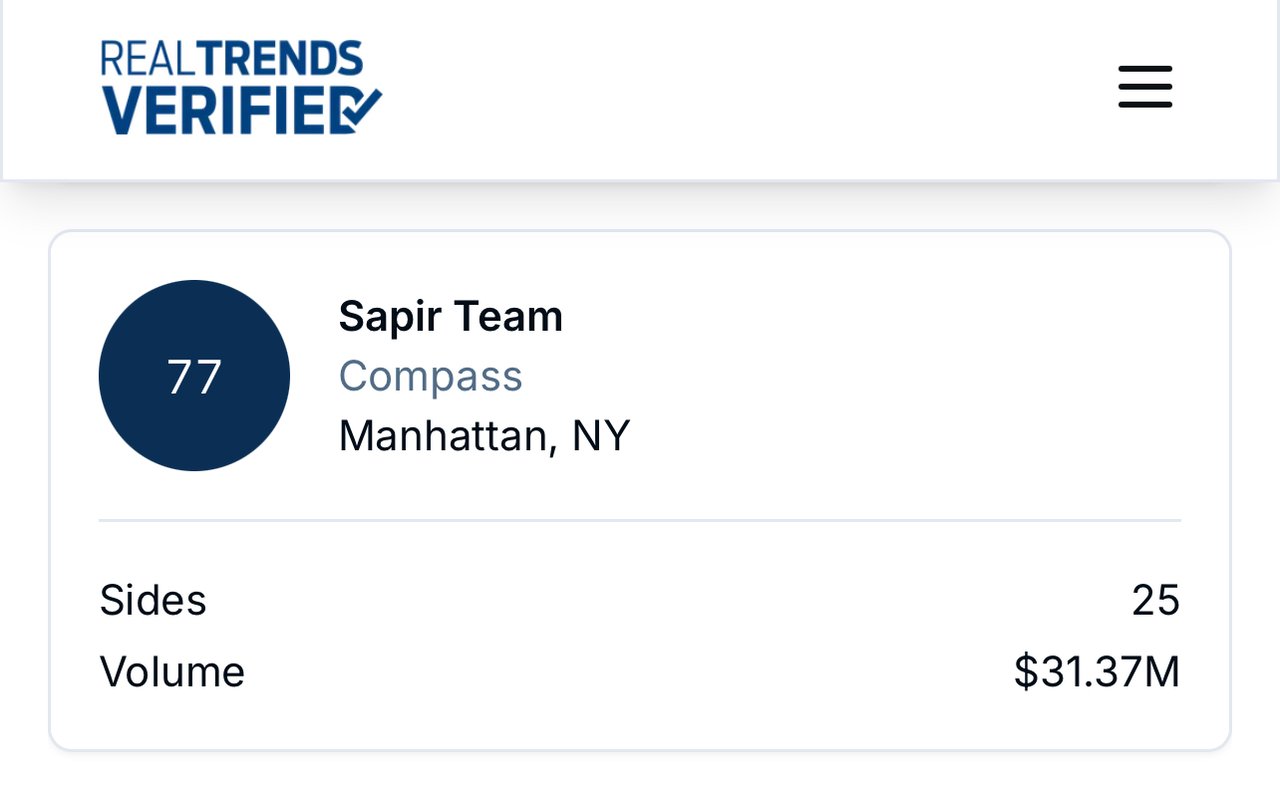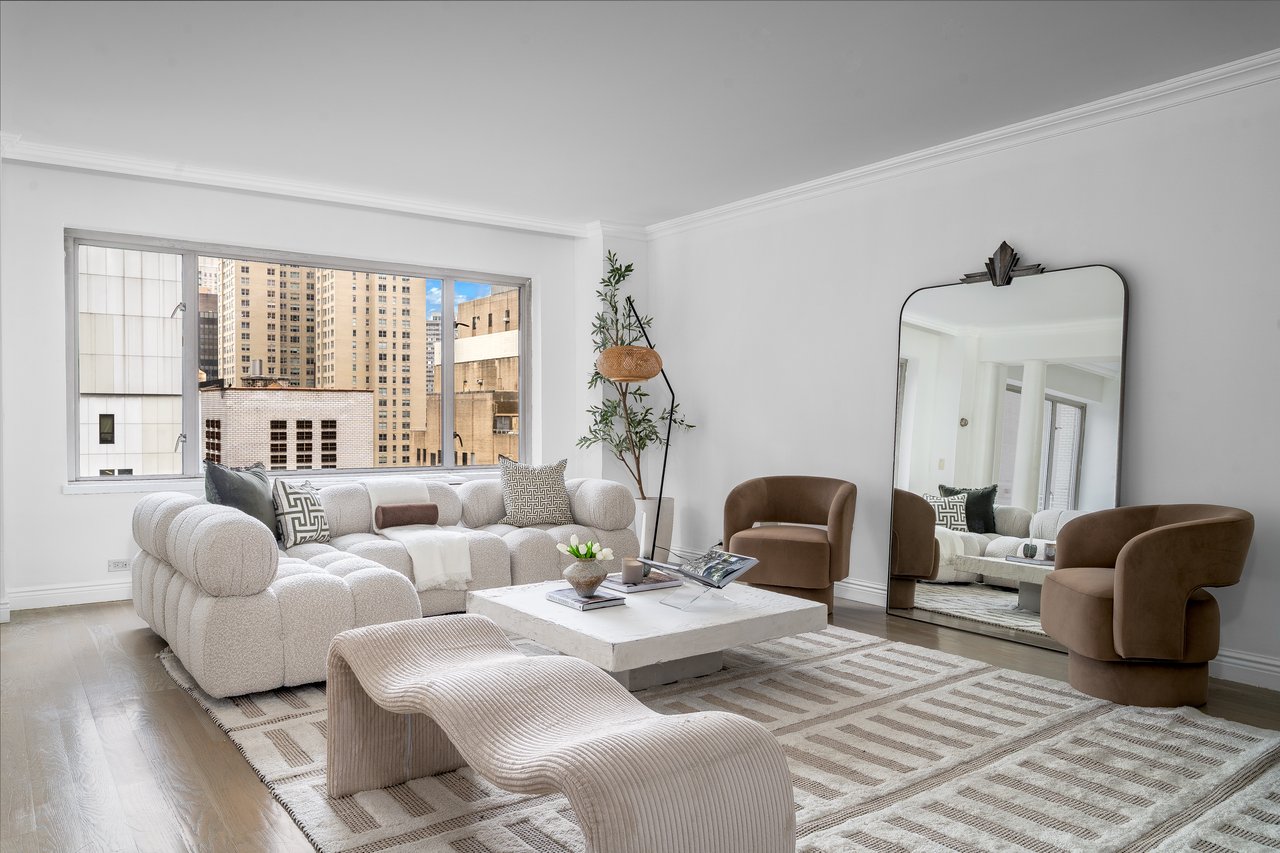Watch this content HERE
So you’ve outgrown your current unit and you need more space. But in a tight market like today’s there just isn’t enough inventory – you may never find that larger unit that suits your needs. The solution? Combining two units together!
Buying two units may be easier and even less expensive, even if you end up overpaying for the second unit than searching for a large place to live. But it isn’t an easy task: you need to do your due diligence before closing to see what a condo or co-op board will allow, and even then your planned work is not automatically approved. The layout may also be tricky, and involving an architect early on is imperative. Let’s dive in!
How is combining units better than buying a large one?
First, you may have an opportunity to live in a larger unit in a desired building that only has smaller ones when you buy two apartments and combine them. Second, the layout you end up with may be unique and more desirable. Another advantage is that your total price is likely to be attractive since the seller understands the higher costs involved in the combo, like filing plans, getting approved, and all the money that goes towards the work and wait time until you can live in it. Another price benefit is that price usually increases with square footage, so buying two smaller units may be cheaper than buying a large one.
Pros and Cons of Buying a Second Unit in Your Own Building:
The benefits:
- You can stay in a building you know and love
- You save time and money: on moving costs, as well as sale fees like closing costs and broker’s fees – and can invest these costs in the renovation instead
- Buying a larger unit and navigating the sale of your current, smaller one is financially more difficult than buying a smaller, cheaper unit. You may save on the board application since you already live there, and will also save on capital gains tax on the unit you’ve been occupying for years.
The downside:
- Your unit may not sell for the price of comparably sized units if the layout is weird or unappealing to buyers
- You may hold the majority share in the co-op due to the combination, but you still won’t have control over what you can do. Other shareholders will always have a say in any changes you want to make, which can draw hostility.
- Your combined maintenance may be too high and deter buyers.
- Both co-op and condo boards may require approval before you can combine units in the building. In co-ops, the board will require that you complete the work within a defined amount of time or pay a fine if you pass the deadline.
What Else Do You Need to Know?
Some changes will require a certificate of occupancy from the department of buildings. You also can’t have two kitchens in the new unit, and the common wall must have at least a door through it. The DOB will have to review everything before issuing you with a letter of completion.
While it is easier to make alterations to real property rather than have a board approve each step, it may actually be easier to combine co-op units than a condo’s. this is because of the common space – the hallway between the units. In a co-op, it’s easier to just issue you more shares and the building gets some added cash flow as a result. In a condo, the condominium declaration-where allocation of common interests is defined-is supposed to stay permanent. Rather than changing the declaration, many times the condo will license the common area to you, something you may not be comfortable with since they can always take it back.
Financing:
You may have a hard time obtaining financing for your combined unit, or you may not be able to finance at all. If you have equity in your existing unit, you could refinance and buy the second unit as an investment property – a combination loan done in 2 separate transactions. The downside? Not all banks will do a co-op investment unit, and also when you join the unit and refinance to consolidate the loan, you may end up with a higher rate. Another way is a single combination loan where the lender will perform an assessment for each unit separately and then also as a combined unit. You should know that fewer banks are now issuing loans for combined units altogether.
Source: Brick Underground






































































